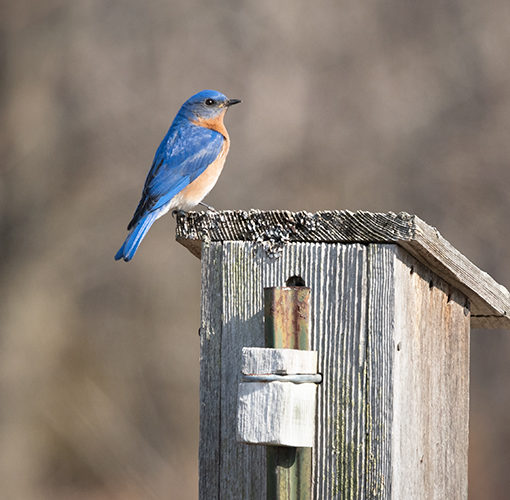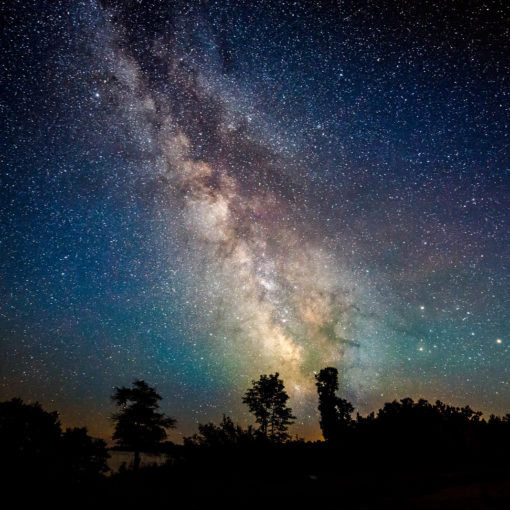In early May, several NWS volunteers gathered at the park to hand-pull some large areas of Garlic Mustard along the Lynd Point trail.
Garlic Mustard (Alliaria petiolata) is an aggressive invader of wooded areas throughout the eastern and middle United States. Shade tolerance allows this plant to invade high quality, mature woodlands, where it can form dense stands.
It not only shades out native understory flora but also produces allelopathic compounds that inhibit seed germination of other species. It is native to Europe and was first introduced during the 1800s for medicinal and culinary purposes.
Garlic Mustard is easily recognizable by its heart-shaped, toothy foliage and the strong garlic odor that is released when any part of the plant is crushed. This biennial plant may reach 3 to 4 ft. tall and bear up to 500 seeds per plant at maturity. Seeds can survive in the soil for up to 7 years.
Hand-pulling before flower and seed production is best. Herbicide application may be necessary for large infestations (but applied only when native plants are dormant). Plants should not be composted; most compost piles do not get hot enough to kill the seeds. Bagging and landfilling is the most feasible option for disposal of this invasive, unfortunately.
We had a beautiful morning to work, with moist soil which made pulling relatively easy. Hopefully we made a bit of a dent…but there will be future opportunities to help out if you would like to!

If you would like to volunteer for future NWS workdays or events, please go here and signup to receive email notifications.





